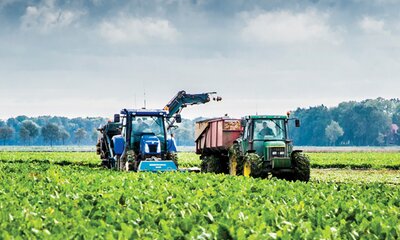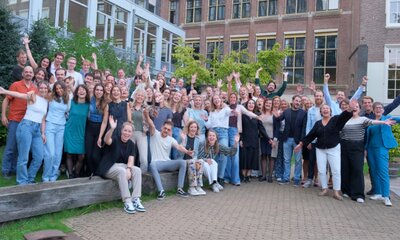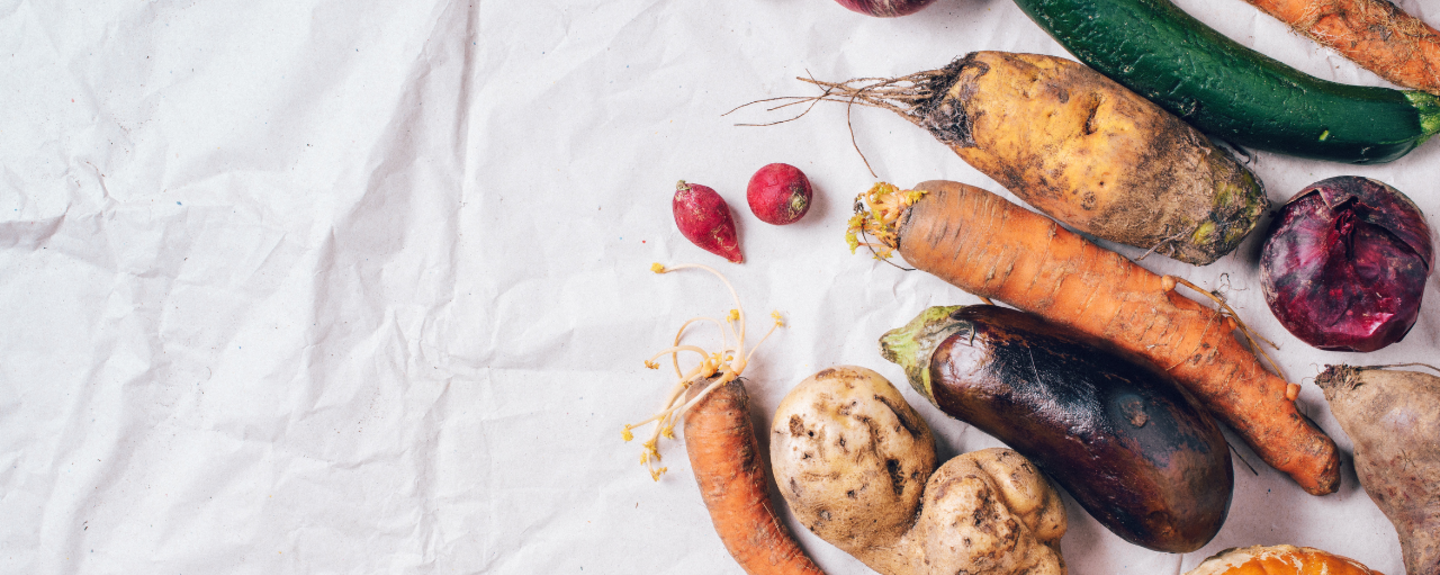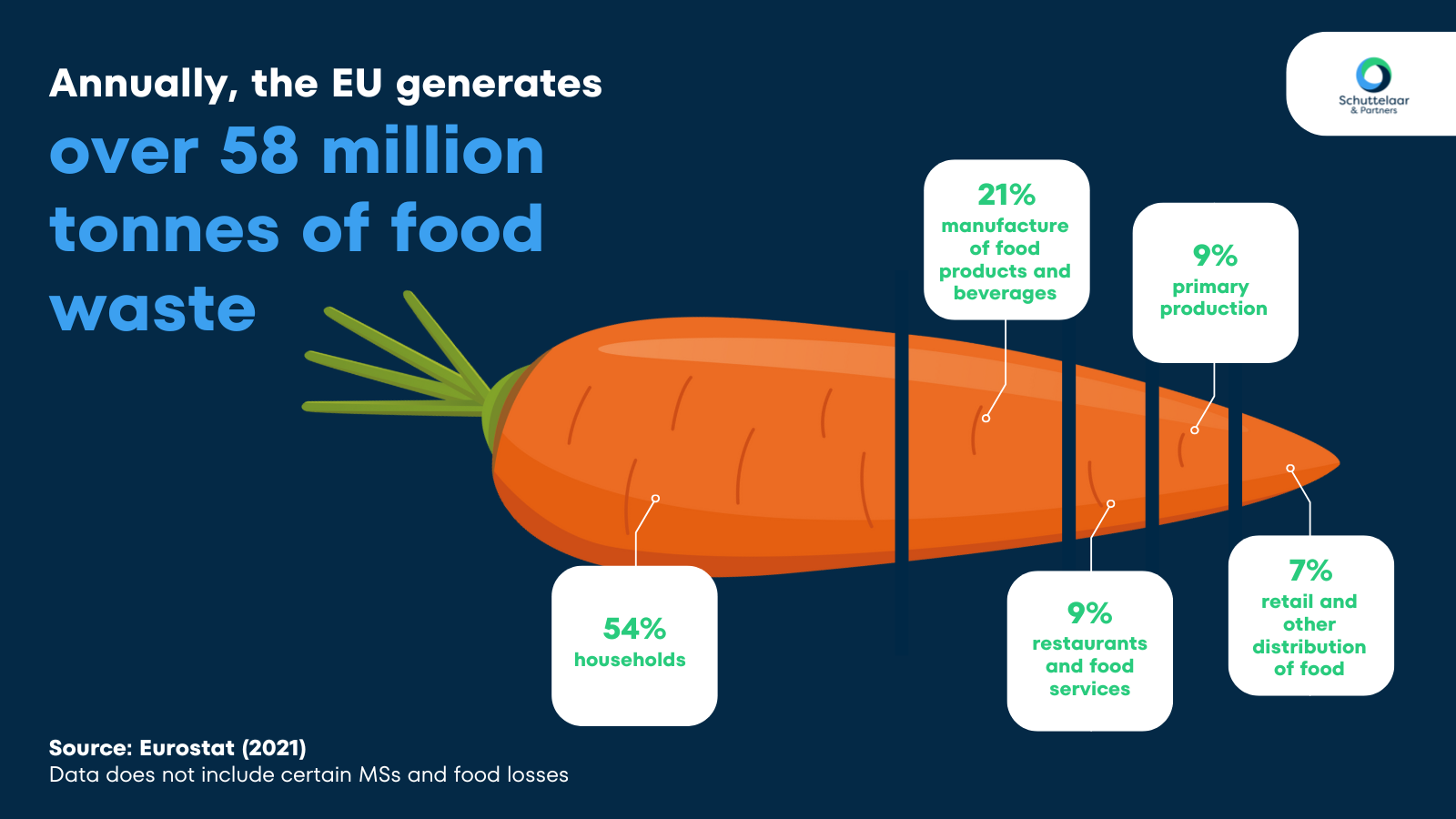Food for thought: where do we stand on food waste?
Food waste is an important element of the complex sustainability puzzle. It is an example of where environmental, economic, and social sustainability come together. In light of the newly published UN Food Waste Index Report 2024 and recent changes to the EU Waste Framework Directive, we look at the efforts on European policy level and where we stand on achieving the SDG food waste targets.
While attending a presentation of FAO’s roadmap ‘Achieving SDG 2 without breaching the 1.5 °C threshold’, one of the messages that stuck with me was that today we produce enough calories to feed everyone in the world. Despite this, nearly 800 million people live in hunger while a third of humanity is facing food insecurity. In that, food waste and loss can be seen as part of the problem, but also part of the solution.
Food can be lost and wasted in several ways, including overproduction, spoilage, damaged during transportation or storage, rejected due to imperfect appearance, expired or unconsumed at restaurants or households, and more. Going beyond its links to food security, the loss and waste of food leads to economic losses and has a significant impact on the environment by contributing to greenhouse gas emissions, deforestation, and water scarcity. This is reflected in the Sustainable Development Goals, with Target 12.3 is set to reduce by 50% per capita global food waste at the retail and consumer levels by 2030. So, are we on track of achieving this?
The first 5 years following the introduction of the Agenda 2030 in 2015 are quite indicative. According to FAO, global food loss levels for that period remain steady, with countries across all regions and income grounds registering high levels of food loss and waste. This means that globally, we need to scale up action.
Latest data shows in 2022 alone global food waste amounted to over 1 billion tonnes. Further, global food waste and loss is estimated to 8-10% of annual global greenhouse gas (GHG) emissions and costing about 1 trillion USD.
Zooming in on Europe, the estimates suggest that 58 million tonnes of food are thrown away each year, resulting in an estimated €132 billion loss in the European Union. In that, households are responsible for the largest share of food waste, followed by the processing and manufacturing sectors. These sectors generate waste during the entire process from harvest to final sale.
What is done on EU level?
Recent policy developments indicate that the EU is still committed to achieve Target 12.3, most notably with the proposed revision of the Waste Framework Directive and possible introduction of legally binding targets on food waste across the EU.
Following the European Commission proposal from July 2023, last month the European Parliament adopted an amendment of the Waste Framework Directive. It outlines quantitative targets from Member States of at least 20% in food processing and manufacturing and 40% per capita in retail, restaurants, food services and households by 2030. While this is an increase from the Commission’s proposal (10% for processing and 30% for retail and consumers), it does not match the ambition of the SDG targets.
The Waste Framework Directive is not the only examples of EU efforts on reduction and prevention of food waste. In 2016, the European Commission established the EU Platform on Food Losses and Food Waste (FLW), which is seen as a key tool in driving the food loss and waste reduction on European level as part of the Farm to Fork strategy. The Platform brings together EU institutions, experts from EU countries, international organisations, and relevant stakeholders selected through an open call for applications. Its second mandate is currently running until 2026.
Another less successful initiative was the proposal on date marketing and food waste prevention. According to statistics, up to 10% of food waste generated annually in the EU is linked to date marketing. This has to do with consumers being confused by the terms “best before” and “use by”. This has been met with resistance from Member States, which indicated that a revision of rules of application is not welcomed.
Other elements of the EU toolbox include the EU methodology for measuring food waste, EU food donation guidelines, guidelines on feed use of food no longer intended for human consumption, along with resource sharing, and investment in research and innovation.
Next steps on European level
The Council of the European Union is holding a ‘Futureproof Waste Framework Directive’ workshop on 13-14 June. The revision with the Council will be picked up by next European Parliament after the elections in June.
All in all, there is clear recognition that reducing food waste can contribute to the sustainability of food system in the environmental, economic, and social dimensions.
At Schuttelaar, we actively work on the topic and monitor policy developments. You can explore our work on sustainable and healthy food & nutrition here.











